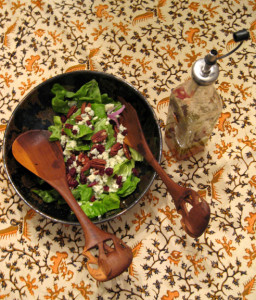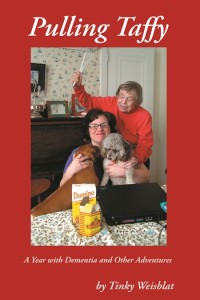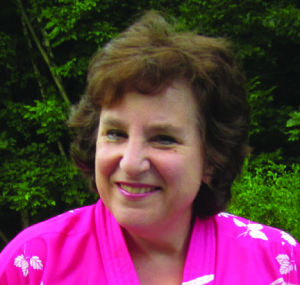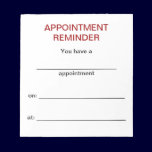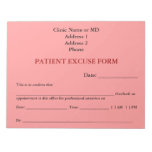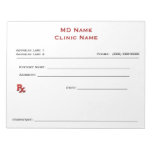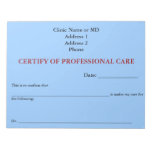“Watching a peaceful death of a human being reminds us of a falling star; one of a million lights in a vast sky that flares up for a brief moment only to disappear into the endless night forever.”
— Dr. Elisabeth Kubler-Ross
Don’t tell a Star Trek fan, but the “final frontier” isn’t really space, it’s closer to home.
It’s death.
It’s a frontier we shun and avoid at all costs, naturally, but one which is inevitable for each and every living thing on this planet.
How we go to that place, however, is complicated, to say the least.
The above quote comes from one of the most insightful experts in the field of death and dying. Not that it’s a crowded field of expertise, it being, after all, seen by most of us as morbid, depressing and the realm of undertakers and the funeral industry.
Since she became well-known in the 1970s, Kubler-Ross was one of the most inspirational experts on the topic of death and dying. The Swiss-born American psychiatrist was a pioneer in near-death studies and the author of the groundbreaking 1969 book On Death and Dying, where she first discussed her theory of the five stages of grief.
They are, in Kubler-Ross’ estimation: denial, anger, bargaining, depression, acceptance.
She was most notably, throughout her career an author of several books on the subject, primarily focused on counselling for those in the grips of personal trauma, grief and grieving associated with death and dying. As well, Kubler-Ross is credited with having dramatically affected the understanding and practices involved in hospice and end-of-life care.
In an interview with the San Francisco Chronicle in 1997, when she thought she was dying of a series of strokes (she actually lived until 2004), Kubler-Ross spoke of the appalling conditions she encountered when she arrived in the United States from Europe, where end-of-life care was decades ahead of that practiced in North America.

t
“When I came to this country in 1958, to be a dying patient in a medical hospital was a nightmare,” Kubler-Ross said. “You were put in the last room, furthest away from the nurses’ station. You were full of pain, but they wouldn’t give you morphine. Nobody told you that you were full of cancer and that it was understandable that you had pain and needed medication. But the doctors were afraid of making their patients drug addicts. It was so stupid.”
With pioneers such as Kubler-Ross making important inroads into the dignified treatment of end-of-life care, the conversation still is troubling for many to broach the subject of assisted dying — assisted suicide, if you will, although to those who espouse more dialogue and legislation permitting patients to determine their own fate, the term is overly harsh.
While her career veered into the controversial as she began espousing theories on the afterlife, Kubler-Ross was not a fan of assisted dying.
In the
1997 interview, she told the Chronicle she had nothing but disdain for Dr. Jack Kevorkian — the Michigan “Dr. Death” who was jailed for several cases of assisted suicide. Kubler-Ross thought Kevorkian’s methods were crude and his grandstanding was crass. But, even Kubler-Ross came to see suicide as a legitimate option.
“If it were not for Kevorkian, I would have done it a long time ago. I can’t stand this Kevorkian,” she said in her interview.
“When I’ve had enough of this, I’ll do it myself. I don’t give a hoot about the afterlife, reincarnation or anything. I’m finished, and I’m not coming back.”
Kevorkian, of course, did much to both advance the discussion of assisted suicide and “dying with dignity,” as some call it, and to embolden opponents in his own profession, the clergy and legislatures.
In his crusade on behalf of patients to determine how they manage their own end-of-life decisions, Kevorkian challenged social taboos about disease and dying while defying prosecutors and the courts. He spent eight years in prison after being convicted of second-degree murder in the death of about 130 ailing patients whose lives he had helped end, beginning in 1990.
Originally sentenced in 1999 to 10 to 25 years in a maximum security prison, he was released after assuring the authorities that he would never conduct another assisted suicide.
There currently are four states where physician-assisted suicide is legal.
There are some interesting looks at the
extent of criminality involved in taking one’s life in most other states.
Over time, there have been legal victories for proponents of dying on one’s own terms.
In 2006, the United States Supreme Court upheld a lower court ruling that found that Oregon’s Death With Dignity Act protected assisted suicide as a legitimate medical practice.
Compassion and Choices is a non-profit organization based in Denver that bills itself as “committed to helping everyone have the best death possible. We offer free consultation, planning resources, referrals and guidance, and across the nation we work to protect and expand options at the end of life.”
It does not especially like the term “assisted suicide, preferring “aid in dying” as a more proper description of the movement.
The organization is an amalgamation of other like-minded groups that advocate on behalf of those among us who believe we should have the right to call the terms of our death when faced with terminal illnesses.
The Hemlock Society had been a pioneer in such advocacy and in 2003 changed its name to End-of-Life Choices, eventually joining with
Compassion and Choices for the organization that exists and advocates today for patients, physicians, nurses and health providers who address issues of end-of-life care and who take part in assisted dying cases.
The group is daily on the forefront of legislation and civil proceedings where assisted dying is either a criminal issue or one in the civil courts.
Most anyone who has experienced a loved one dying of a terminal disease, such as advanced stages of cancer, can attest to the fact that medical professionals quietly and with utmost respect for their patients, often prescribe administration of pain medications to the point where death comes quietly and peacefully for the patient.
But, palliative care organizations fiercely oppose the notion that the administration of drugs like morphine routinely hasten a patient’s death.
In a
detailed analysis of several studies on the issue, the International Association for Hospice and Palliative Care states, emphatically, that “no studies have shown that patients’ lives have been shortened through the administration of appropriate pain medication.”
Note the crucial term there — “appropriate pain medication…”
Health-care professionals will fiercely deny they do so, but most docs and veteran nurses will attest to a ‘gentle nudge’ at the end stages of a patient’s life, such as the administration of drugs like morphine in sufficient dosages to let the patient slip away peacefully.
Administered in an “as needed,” or “PRN” prescription by a doctor, morphine can, for instance, easily hasten death in patients with such conditions as COPD, where breathing is compromised. Family members or loved ones of such patients can always ask that such medications not be administered in a PRN fashion, or at the discretion of the attending nurses, but in many cases, when the patient is truly terminal and the COPD is exasperating any hope of recovery, family members go into that scenario reasonably eyes-open.
Why, then, in a country where there are more rights to end a life at the end of a gun when someone is breaking into your house to steal your television set, are there just as many laws outlawing a right to end life on one’s own terms? There is a stirring pro versus con discussion on the issue listed on
ProCon’s website.
As we’ve seen, however, as more cases come before the courts and more families advocate for the choices of patients and their families in determining end-of-life decisions, the tide is slowly, almost excruciatingly so for many facing a near-death encounter, turning in favor of those who wish to go out on their own terms.
The practice is now a shrug-worthy accepted one in many European countries — places where a troubling number of North Americans must venture to meet death on their own terms.
It doesn’t for one minute undermine the moral fiber of the country, state or jurisdiction that allows assisted dying.
Most who have experienced it with our loved ones believe it to be an issue which is long overdue for a civilized and dignified decision to be made by all concerned — beginning with the patient.














